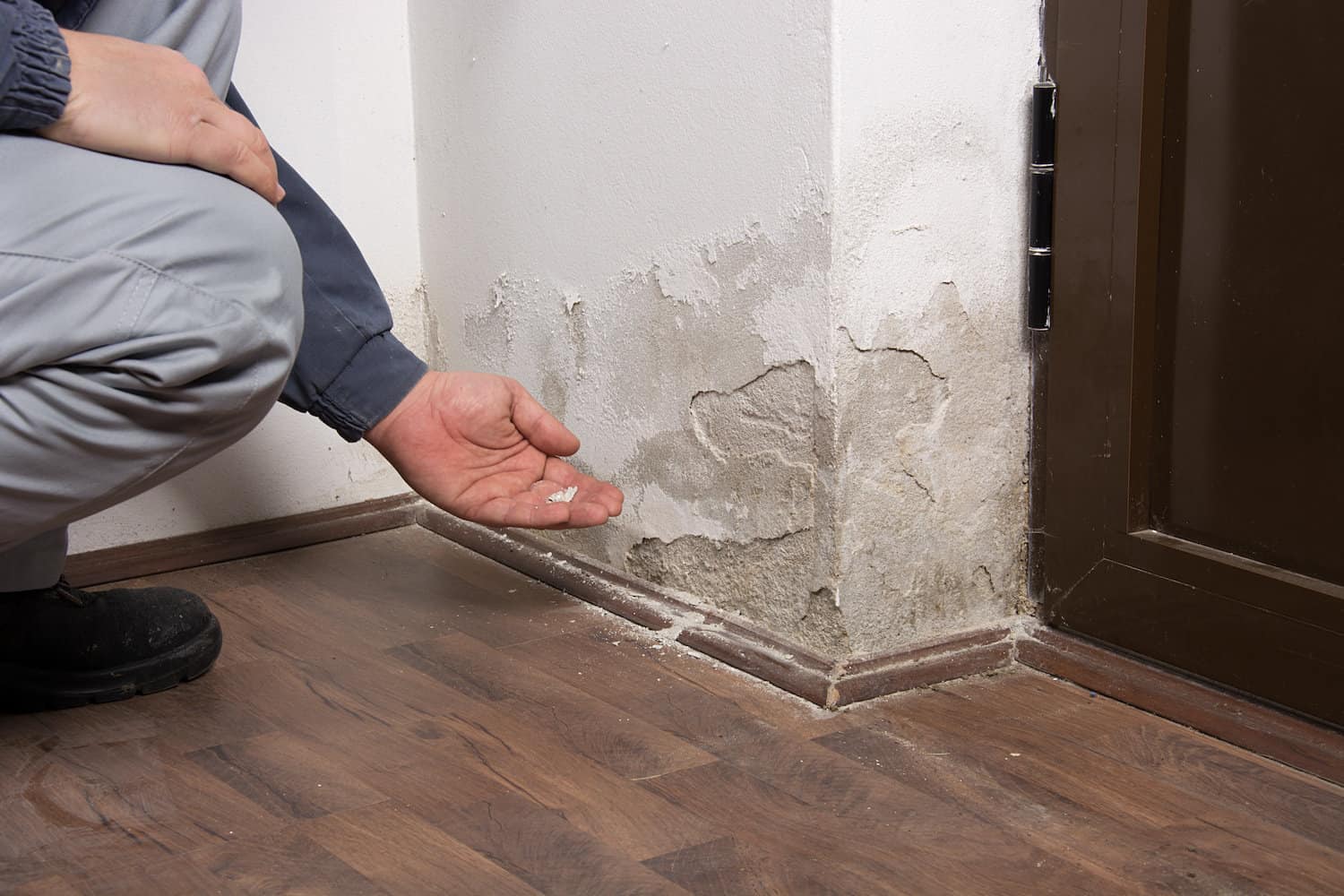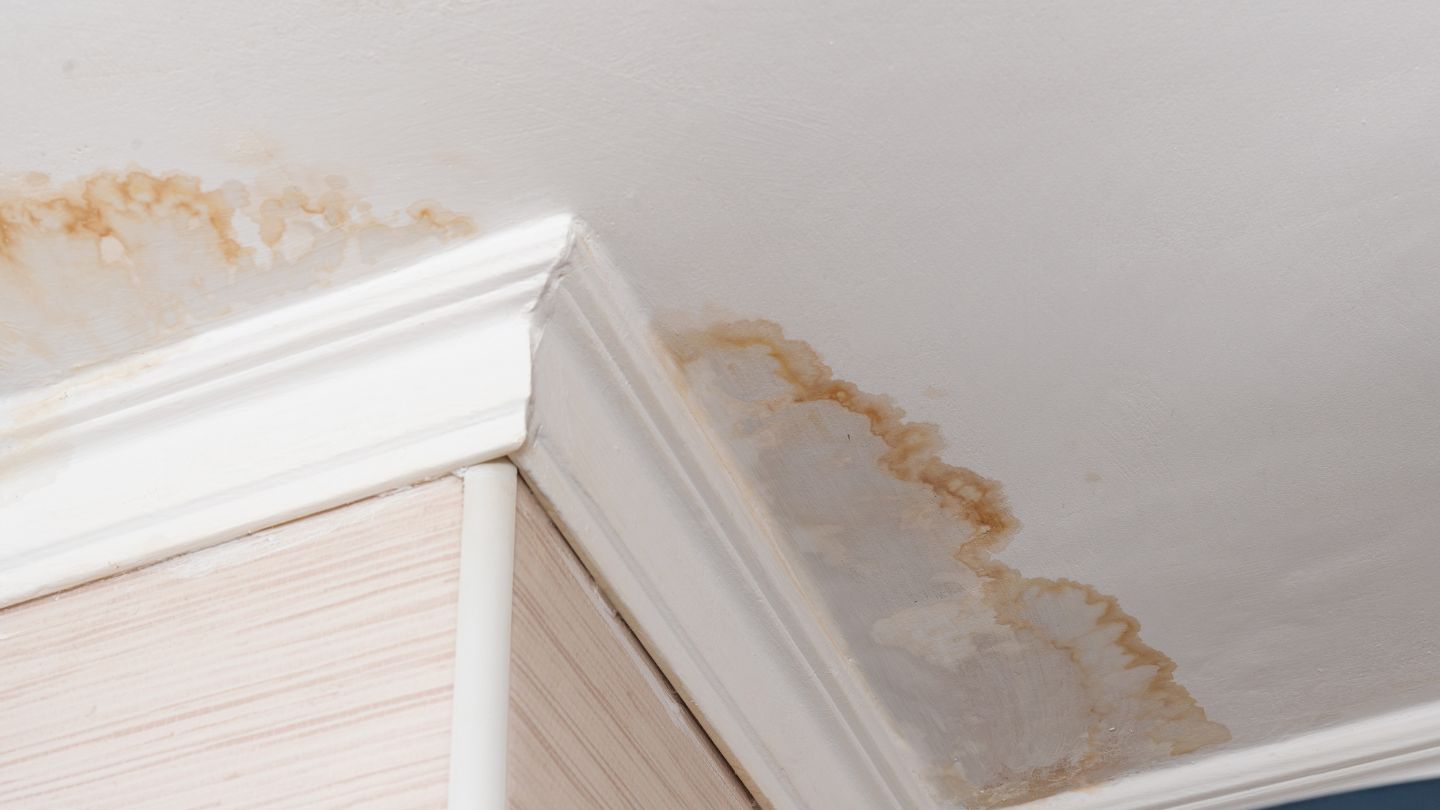Comprehensive Damage Restoration Services for All Types of Water Damage
Comprehensive Damage Restoration Services for All Types of Water Damage
Blog Article
The Refine of Water Damages Cleaning: Ensuring Your Home Is Brought Back Efficiently
Water damage can be a daunting challenge for house owners, necessitating a structured and thorough cleanup process to recover security and functionality. damage restoration services. Following this, efficient water extraction strategies play a pivotal function in mitigating additional harm.
Analyzing the Damages
Upon finding water damages, the primary step is to extensively assess the level of the impact. This initial assessment is critical, as it helps identify the essential actions for efficient clean-up and restoration. Begin by examining the affected locations, consisting of wall surfaces, ceilings, floorings, and individual valuables, to determine the source of the water breach, whether from flooding, leaks, or condensation.
Recording the damages is essential for both insurance claims and preparing reconstruction initiatives - damage restoration services. Use photographs and composed notes to catch the severity of the damages, keeping in mind any type of damaged architectural aspects and products. Pay unique interest to locations that might not be instantly noticeable, such as behind walls and under carpets, as concealed dampness can cause further problems, consisting of mold and mildew growth
In addition, examine the timeline of the water direct exposure. The longer the products continue to be damp, the greater the capacity for damages. Comprehending the period of direct exposure will certainly notify the seriousness of remediation initiatives. Ultimately, an extensive assessment lays the foundation for an effective water damage cleanup procedure, making certain that all influenced locations are attended to successfully and completely.
Water Extraction Methods

Professionals usually employ completely submersible pumps for bigger quantities of water, which can quickly alleviate flooding in cellars or other impacted locations. For smaller sized amounts, wet/dry vacuums are frequently made use of to remove residual moisture from carpetings and hard surfaces. Furthermore, making use of mobile extractors permits targeted removal in confined areas or locations with fragile products.
In instances of infected water, such as sewer or floodwater, advanced removal techniques might include making use of biohazard devices to guarantee security and compliance with wellness guidelines. High-powered extraction tools are crucial in minimizing water retention in structural materials, which can result in mold and mildew development and structural damage otherwise addressed promptly.
Ultimately, the performance of water removal methods plays an essential duty in the total success of the water damage cleanup process, preparing for subsequent remediation initiatives.
Drying and Dehumidification
When standing water has been effectively drawn out, the next essential phase in the water damages cleaning process is drying out and dehumidification. This action is crucial to avoid more damages and mold development, which can occur within 24 to 2 days in moist settings.
To attain efficient drying out, customized equipment such as industrial-grade air movers and dehumidifiers is used. Air movers circulate air throughout wet surface areas, enhancing evaporation rates, while dehumidifiers decrease moisture degrees airborne, advertising a helpful setting for drying out. The combination of these devices ensures that moisture is extracted from home furnishings, walls, and floorings, enabling them to dry completely.
It is important to keep an eye on the drying process closely. Experts commonly utilize moisture meters to examine the dampness material in various materials, making sure that all influenced areas get to acceptable dry skin levels. This meticulous method aids to stop hidden moisture pockets that could result in architectural damages or undesirable mold development.

Cleaning and Sanitizing
After the drying and dehumidification stage is full, the following crucial step in water damage clean-up is cleaning up and disinfecting the affected areas. This process is essential to prevent the development of mold and mildew, bacteria, and various other pathogens that thrive in wet atmospheres.
The cleaning phase commonly includes eliminating any particles, dust, and basement water damage impurities from surfaces using specialized cleansing agents. For hard surface areas, a mix of soap and water or commercial cleaning items is commonly utilized. Soft materials, such as upholstery and rugs, may need much more considerable cleaning approaches, consisting of heavy steam cleansing or deep extraction techniques, to make sure detailed hygiene.

Disinfecting adheres to cleaning, utilizing EPA-approved disinfectants to get rid of unsafe bacteria. This action is important, specifically in locations that might have entered contact with floodwaters or sewage, as these resources can pose serious health risks.
Furthermore, it is necessary to address any kind of continuing to be smells, which might call for making use of odor neutralizers or sophisticated methods like ozone treatment. Appropriate cleaning and sterilizing not only restore the safety and security and hygiene of your home but additionally lay the foundation for successful remediation and repairs in succeeding stages of the water damages cleanup procedure.
Repair and Repair Services

When the evaluation is total, repair efforts can start. This commonly involves repairing or changing damaged products, ensuring that all work follows regional building regulations and criteria. For instance, if drywall has been endangered, it will certainly need to be gotten rid of and replaced with new material. Furthermore, floor covering may need comparable interest, relying on the degree of water direct exposure.
It is critical to involve knowledgeable remediation specialists during this process, as they possess the expertise to handle complex repair services effectively. They can aid mitigate potential future problems, such as mold growth or architectural instability, hence making sure a habitable and risk-free living environment. Inevitably, efficient repair and repairs bring back the home's stability and enhance its general worth.
Final Thought
In final thought, the process of water damage clean-up is crucial for recovering a home to its pre-damage condition. Each stage, from analyzing the damage to applying reliable water extraction methods, followed by complete drying out, sanitizing, and needed repairs, plays a crucial function in making certain safety and conformity with building standards. Effective implementation of these steps not only alleviates prompt damages yet also boosts the lasting stability and value of the building.
Water damage can be a complicated obstacle for home owners, demanding a organized and thorough clean-up procedure to bring back security and performance. Eventually, a comprehensive analysis lays the foundation for an effective water damages clean-up procedure, ensuring that all influenced locations are addressed properly and thoroughly.
Effective water removal techniques are essential in mitigating damages and protecting against more issues following a water breach occasion.In verdict, the procedure of water damages cleanup is essential for restoring a home to its pre-damage condition. Each phase, from analyzing the damage to carrying out effective water removal techniques, followed by extensive drying out, disinfecting, and needed fixings, plays an important function in guaranteeing safety and compliance with building standards.
Report this page